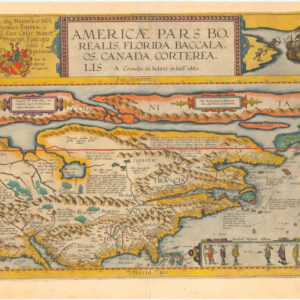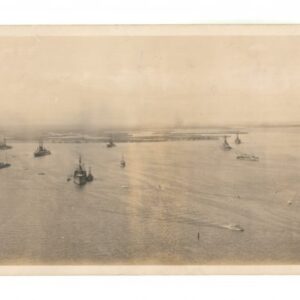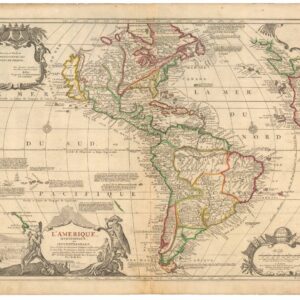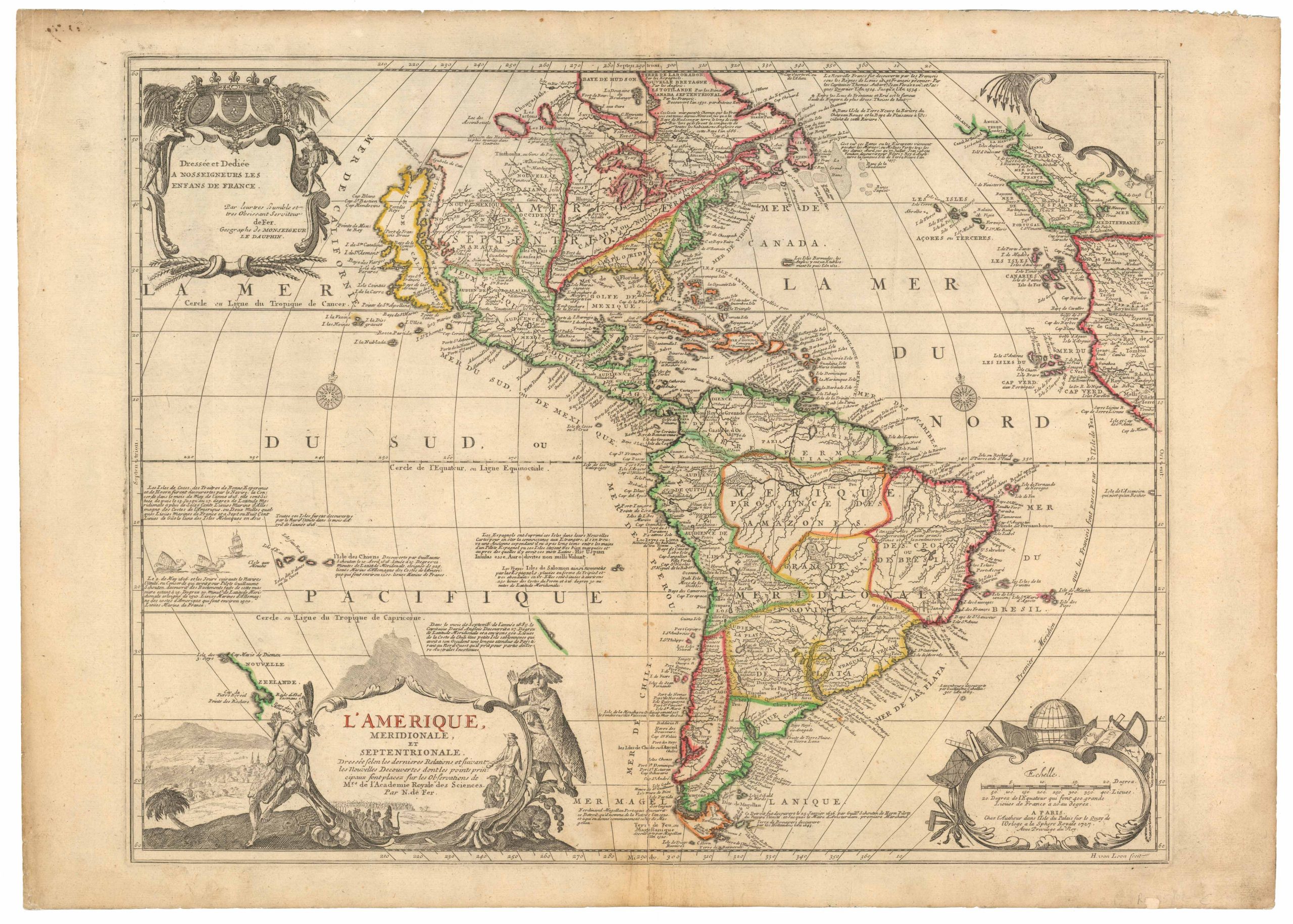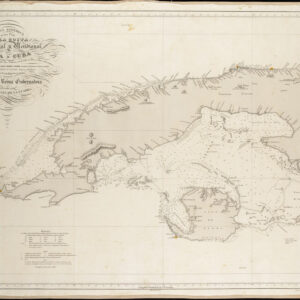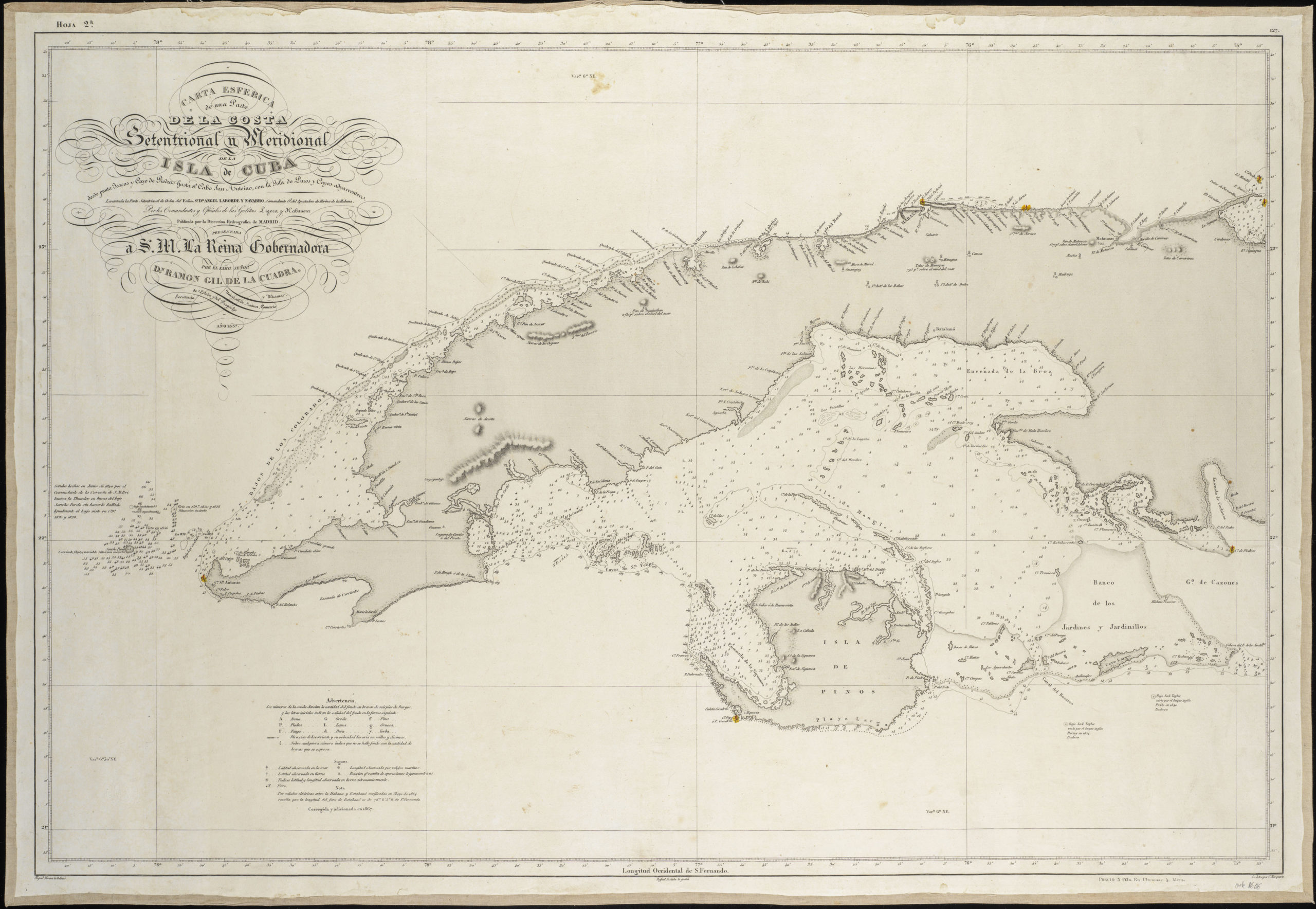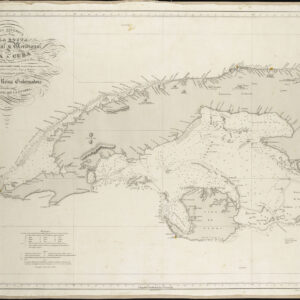An American map of oil and petroleum resources in Columbia.
World Petroleum Oil Map of Columbia.
$500
1 in stock
Description
This is an American-made map of Columbia’s oil and petroleum fields as they appeared in March of 1939. The map shows Columbia, from the Arauca district bordering Venezuela in the east to the Pacific Ocean in the west and extending south until the border of Ecuador.
The main map offers a detailed view of Columbia, including towns and cities, railroads, topography, and other common cartographic features. What distinguishes this map is the fields of color coding, which indicate the presence of oil and petroleum extraction initiatives throughout the country. From the oil-producing regions in the heart of the country, pipelines, roads, and railroads extend northwest towards the Pacific coast. We see one major pipeline marked in red, which culminates just south of the metropolis of Cartagena. A second pipeline (in green) follows it out of the jungle but culminates further south in the town of Coveñas. An interesting detail is the inclusion of passenger ferries from Coveñas to New York (1925 miles) and Le Havre, France (4351 miles). Larger towns such as Barranquilla in the north also show the flight connections into the interior (Bogota and Cali, for example) and out of the map and abroad. This is, in other words, not simply a testament to the early Columbian oil and petroleum industry but also a relic of early national and international travel.
An inset in the upper right corner establishes the physical relationship with Columbia’s neighbor to the east while simultaneously showing the so-called Barco Concession. From this, it is clear that most of the petroleum-producing fields in this area lie in a band relatively close to the Venezuelan border. A second inset is found in the lower right corner of the map, which depicts the Restrepo Concession west of the La Salinas Fault. The map shows that this is still an area under development. Despite having a small number of drilling and production wells, most of the extraction features listed here result from prospection (including a new deep test location). A third and final inset is found in the lower right corner, which shows the Infantas and La Cira Fields. These were part of the Demares Concession and extended northwards from the Colorado River and Infantas towards Barranca Bermeja, following an established pipeline and railroad.
The map was lithographed in early 1939 by Baltimore-based A. Hoen & Co. for the International Map Company in New York.
Context is Everything
Colombia is Latin America’s fourth largest oil and petroleum producer and among the top twenty producers globally. In 1918, crude oil was first discovered in the La Cira-Infantas field in Barrancabermeja. When production started, the well produced around 40 barrels a day. A 100 years on the La Cira-Infantas field now produces 46,000 barrels daily. In total, Colombia has about 860 thousand barrels per day.
For a more detailed history of oil production in Columbia, we refer to Juan Carlos Echeverry’s essay on the subject, published online by the Asociación Civil Instituto de Estudios Superiores de Administración (IESA) (click here).
Cartographer(s):
A. Hoen & Co. was a lithographic printing company established in the 1840s by Edward Weber (as E. Weber & Co). Headquartered in Baltimore, the company rose to prominence under the leadership of August Hoen. After Weber’s death, Hoen assumed company control and rebranded the firm as A. Hoen & Co. His dedication to excellence and innovation propelled the company to become a driver of the American lithography and printing industry in the mid-19th century.
In addition to building the company, August Hoen is famous for pioneering the litho-caustic method. Patented in 1860, this revolutionized etching techniques using citric acid and gum arabic blend. This allowed lithographers to monitor the development of shaded patterns as they were etched onto the stone. Hoen’s relentless pursuit of refining shading techniques led to multiple patents granted in 1880 for methods to produce halftone prints via lithography. In 1877, the company gained recognition at the Centennial Exposition with “The Continentals,” a print created by Hoen’s litho-caustic process. It earned a commendation from the expo judges for its excellence in chromo-lithographic art.
Albert Hoen, August’s son, continued in his father’s footsteps and made significant contributions to the field, excelling as a printmaker and overseeing a laboratory dedicated to lithographic limestone testing. He conducted rigorous experiments and test runs with stones from promising new locations, furthering the company’s commitment to innovation and quality.
International Map Co., Inc.International Map Co. was a New York-based producer and seller of maps.
Condition Description
Average to good. Wear along fold lines. Toning at top.
References
